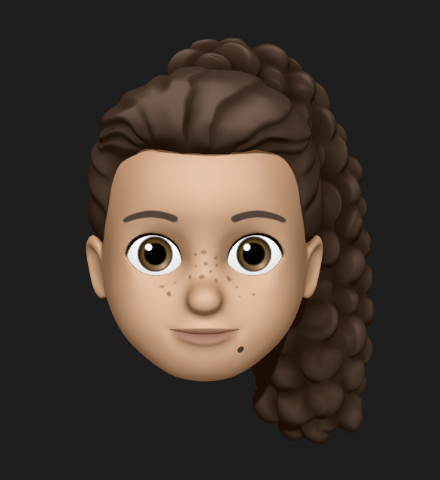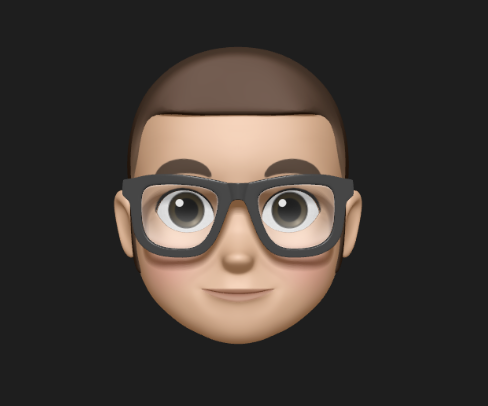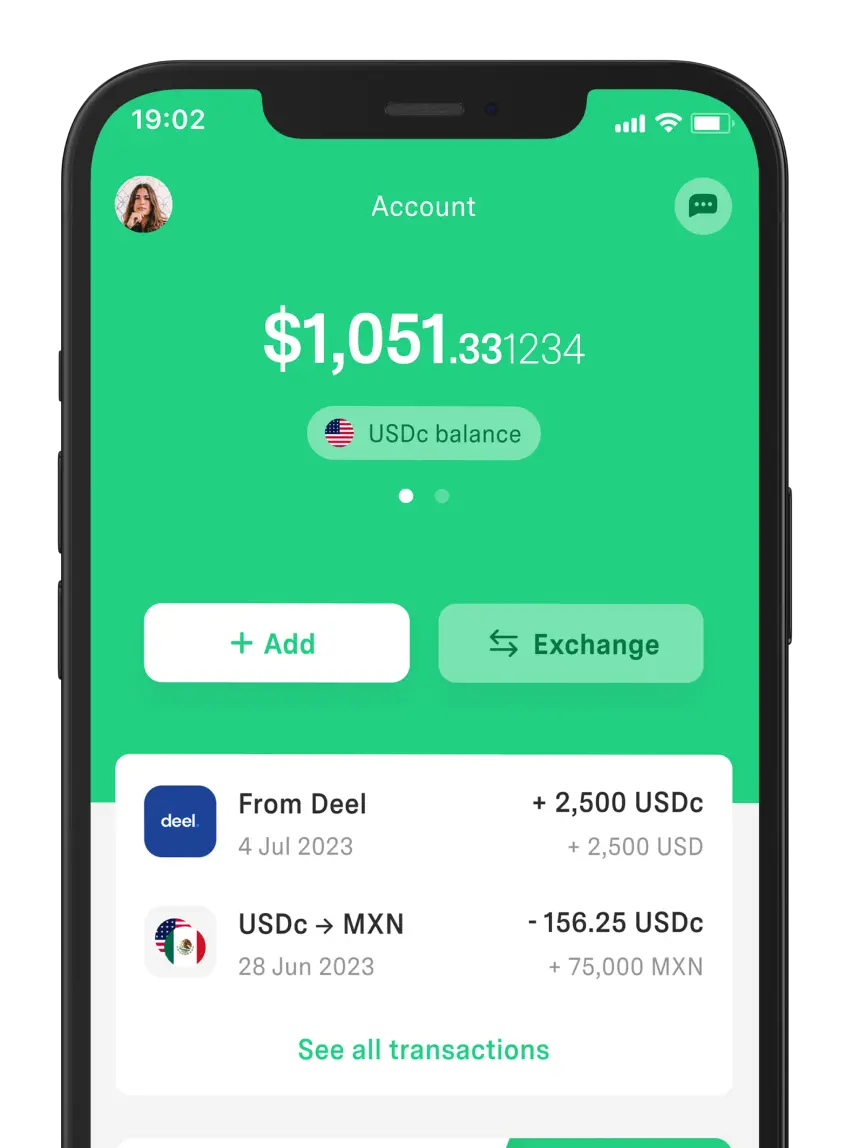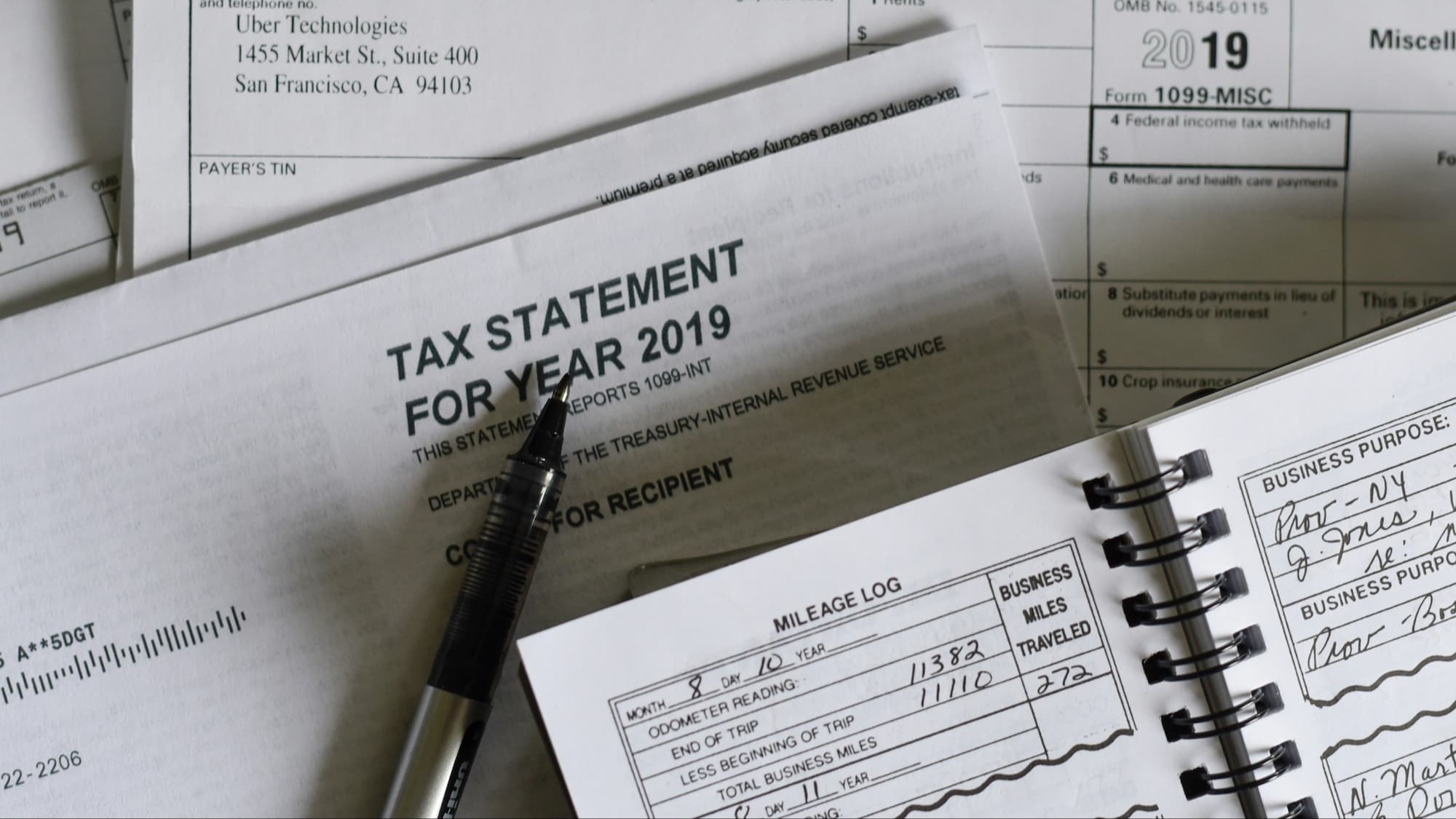 Your Money
Your Money How to Track a Bank Transfer
If you need to track a bank transfer, you can do so as long as you have the necessary information, such as the SPEI tracking key. Here are the details.



If you have or are considering applying for a credit card, you've probably seen the term CAT. But do you really know what it means and how it affects your wallet?
The CAT on credit cards is a crucial factor in determining how much you’ll actually pay for using it. It’s not just about the standard interest rate—it also includes all additional costs associated with the card.
Understanding what the CAT is and how it impacts you will help you make a more informed decision before choosing a credit card. In fact, it can mean the difference between selecting an affordable option or one that will cost you far more than expected.
That’s why the information we provide below will be very useful to you.
The acronym CAT stands for Total Annual Cost, a financial indicator that represents the actual cost of a loan, expressed as an annual percentage.
The CAT on credit cards includes the interest rate, fees, administrative costs, and any additional charges associated with using the credit. The only thing not included is the Value Added Tax (VAT).
To answer the question “What is the CAT, and how does it affect me?”, let’s look at a practical example.
It’s important to remember that each card and bank has a different CAT.
Suppose you use BBVA’s VIVE Card, which has a CAT of 71.5%. If you spend $1,000 MXN, the Total Annual Cost would be $715 MXN, meaning you would end up paying $1,715 MXN over a year.
However, some credit cards have a higher CAT, such as BBVA’s CREA Card, with a CAT of 117.8%. In this case, if you spend $1,000 MXN, the total cost would rise to $2,178 MXN.
That’s why, before applying for a credit card, it’s essential to check its CAT to understand the real cost of financing.
It’s another indicator that allows you to compare credit cards and choose the most convenient option based on your financial profile.
The average CAT reflects the total cost of financing, taking into account both the interest rate and other charges.
The CAT applies to all Mexicans who apply for loans or credit from financial institutions, including:
Credit cards
Auto financing
SME loans
Durable goods financing
Personal and mortgage loans
As well as any other financial product that generates interest and fees.
The CAT is useful because it gives consumers a clear reference about the actual cost of credit across different financial institutions.
Its purpose is both informational and promotional.
This becomes even more relevant when financial costs tend to increase due to devaluation. Understanding the general conditions of a standard loan helps you make better decisions.
The CAT is regulated by the Law for Transparency and Regulation of Financial Services (LTOSF).
This law requires financial institutions to provide clear and detailed information about the real cost of their loans.
Meanwhile, Banco de México determines the methodology for calculating the CAT through regulatory provisions. It also mandates that the CAT must be published for financial products that have been on the market for at least one year.
The Total Annual Cost offers various benefits when comparing and selecting a loan or credit product.
Among the most common advantages are:
Financial transparency. It allows you to understand the total cost of a loan, preventing unexpected surprises when making payments.
Access to key information. Financial institutions are required to disclose the CAT in their credit products, so you can review this crucial detail before signing a contract.
Prevents excessive debt. Being aware of the CAT before applying for credit can help you avoid high-cost financial products that make repayment difficult.
Helps with decision-making. The CAT gives you the opportunity to choose the most convenient option based on your payment capacity and financial needs.
Choosing a high CAT means your financing will be more expensive. On the other hand, credit cards with a lower CAT indicate lower long-term costs.
By comparing the CAT, you can also evaluate whether transferring a balance from one card to another is a good idea. This could help reduce financial costs and improve your repayment capacity.
Now, how do you calculate the CAT on a loan?
To perform the calculation, you need to consider the following key elements:
Annual interest rate
Annual fees and opening fees
Other additional costs, such as insurance or memberships
Steps to Calculate the CAT, the fastest way to calculate it is:
1. Go to Banco de México’s official website.
2. In the main menu, look for “Services.”
3. Click on “Total Annual Cost (CAT) and Total Annual Yield (GAT) Calculators.”
4. Select “Total Annual Cost (CAT) Calculator for Credit Cards.”
5. Enter the required data.
6. Click on “Calculate CAT” to obtain the corresponding percentage.
Knowing the CAT before signing a contract is key to maintaining good financial health.
It is worth noting, on the other hand, that the CAT even applies to international credit cards. However, using them also implies commissions for payments in foreign currencies.
An alternative to minimize these costs is to use the services we offer with DolarApp. Including, manage your money in pesos and digital dollars without excessive fees. You do not have access to credit, but it is a way to avoid high annual financing rates.
With us you avoid high bank fees, and, at the same time, you improve control over your international transactions.

The world has borders. Your finances don’t have to.
 Your Money
Your Money If you need to track a bank transfer, you can do so as long as you have the necessary information, such as the SPEI tracking key. Here are the details.

 Your Money
Your Money Remittances represent vital support for many Mexican families. But do remittances pay taxes to the SAT? Here’s what the law says.

 Your Money
Your Money A payment receipt is issued after purchases, transfers, or payments. Learn how to obtain a payment receipt and its uses.


